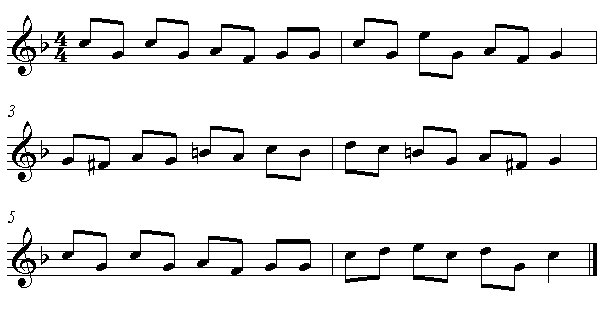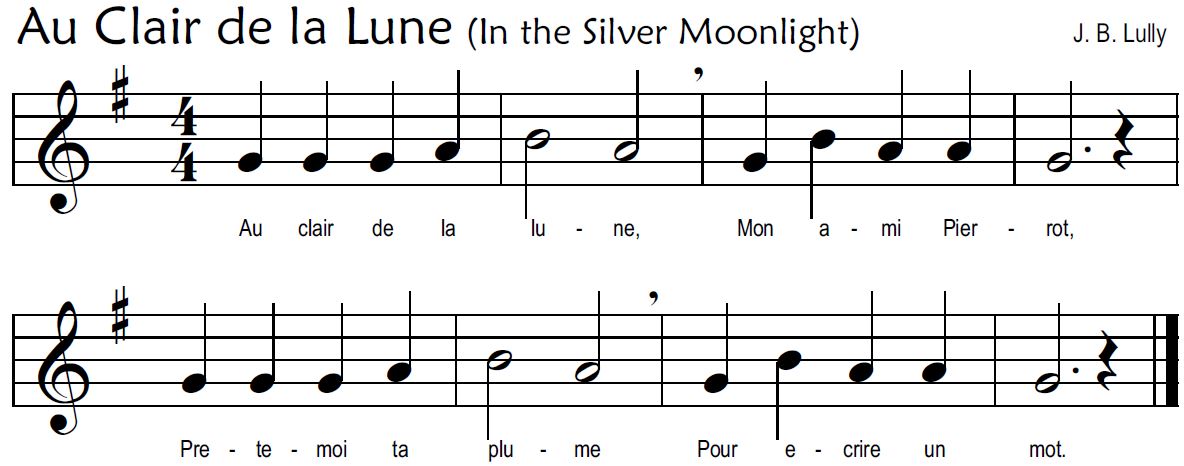
Ring-shaped vortexes are formed in the downstream jet at the frequency of the resonant cavity. Pressure fluctuations at the surface of the jet propagate backwards and are amplified according to the characteristics of the resonator. The space between the constrictions forms a resonator that selectively amplifies particular frequencies. For example, the hole-tone whistle is produced when a jet of air passes through two constrictions. Whistles are physical phenomena that occur when airflow interacts with objects to produce a positive feedback loop. The narrow frequency band of the whistle gives it more power per unit of spectral bandwidth, increasing its signal-to-noise ratio and the effective range of communication. Whistled languages encode less information from which to identify the intended speech sounds than voiced speech, but are more robust to long-distance communication. In these languages, the whistled frequency stands in for one of the acoustical features that would normally be carried by the voice. Furthermore, a number of cultures have developed whistled proxies of spoken language.
Tongue note recorder code#
For example, naval vessels maintain a traditional code of boatswain's calls, in which arbitrary combinations of whistles correspond to simple commands. Whistling may be a more robust channel in contexts where the voice is unreliable, such as communication over long distances or in poor weather. These features have made whistling a viable alternative sound source for human communication when signal fidelity may be more important than signal complexity. These sounds travel well over large distances and are easy to discern from other biological sounds by the rare occurrence of pure-tone sine waves in nature. Whistling produces a loud and pitched sound that approximates a sine wave. Furthermore, previous evidence that non-human apes may be capable of learning to whistle from humans suggests that these animals may have similar sensorimotor abilities to those that are used to support speech in humans. This is consistent with the role of whistled languages as proxies for spoken languages, in which one of the acoustical features of speech sounds is substituted with a frequency-modulated whistle. This bioacoustic profile parallels the use of the tongue in vowel production. We used real-time magnetic resonance imaging to examine the muscular control of whistling to describe a strong association between the shape of the tongue and the whistled frequency.

For example, whistling is used as a highly salient signal for capturing attention, and can have iconic cultural meanings such as the catcall, enact a formal code as in boatswain's calls or stand as a proxy for speech in whistled languages. However, a wide range of cultures has developed alternative forms of communication that make use of a whistled sound source. Our results demonstrate the strength of our approach and its ability to generalise to data from new domains.Most human communication is carried by modulations of the voice.

Results show that users prefer our model’s output over the original hardware output 79.3% of the time. We apply our model to this out-of-domain data, and evaluate its performance subjectively with expert users. Finally, we introduce a novel resource, the Cleft dataset, which we gathered with a new clinical subgroup and for which hardware synchronisation proved unreliable. We train our model on data from multiple domains with different speaker characteristics, different equipment, and different recording environments, and achieve an accuracy >92.4% on held-out in-domain data. We then describe our approach for automatic synchronisation, which is driven by a self-supervised neural network, exploiting the correlation between the two signals to synchronise them. We use these thresholds to define accuracy scoring boundaries for evaluating our system. We first investigate the tolerance of expert ultrasound users to synchronisation errors in order to find the thresholds for error detection. In this paper, we address the problem of automatically synchronising ultrasound and audio after data collection. Synchronisation is achieved using specialised hardware at recording time, but this approach can fail in practice resulting in data of limited usability. Ultrasound and speech audio are recorded simultaneously, and in order to correctly use this data, the two modalities should be correctly synchronised. It is utilised in a range of applications, including speech and language therapy and phonetics research. Ultrasound tongue imaging is used to visualise the intra-oral articulators during speech production.


 0 kommentar(er)
0 kommentar(er)
